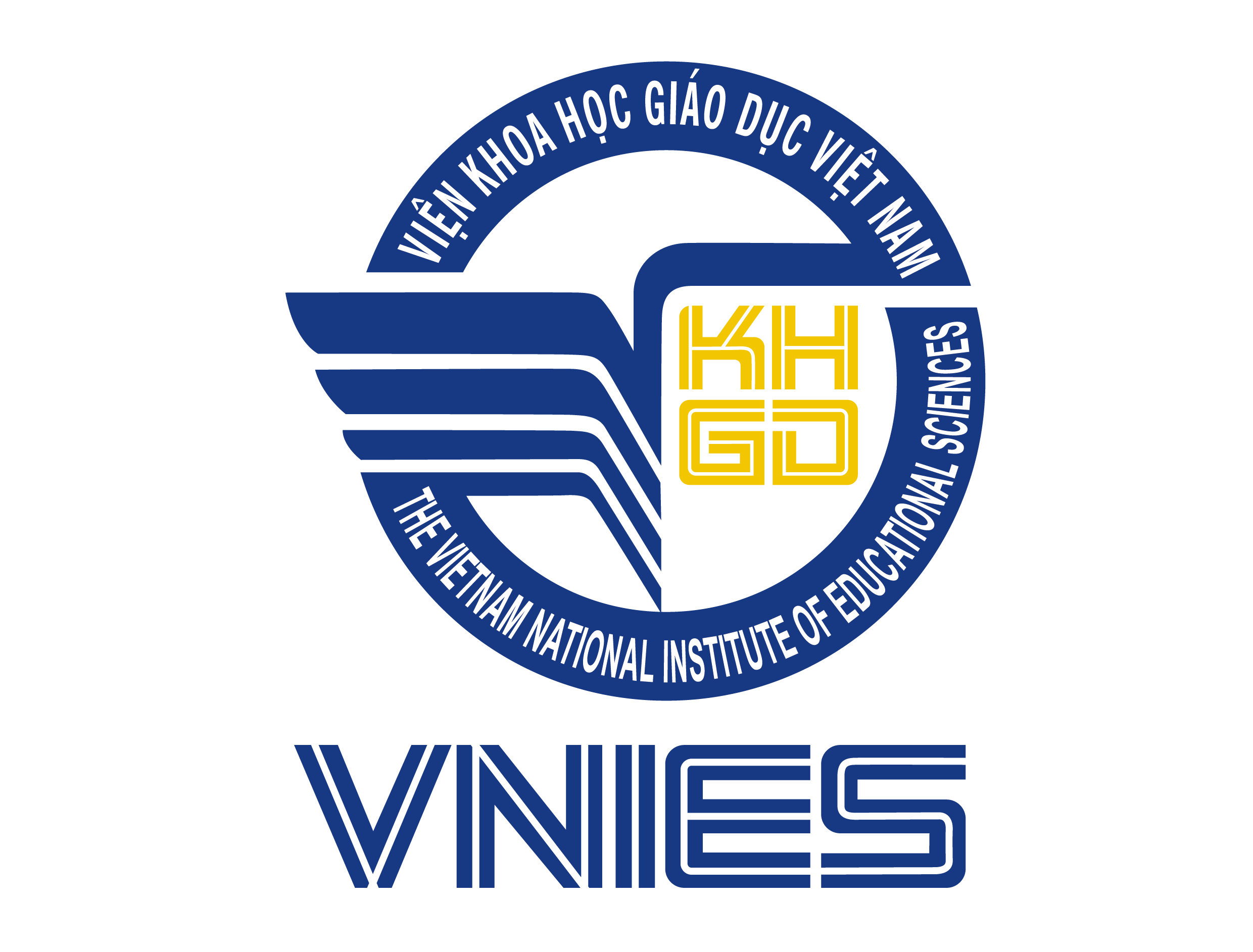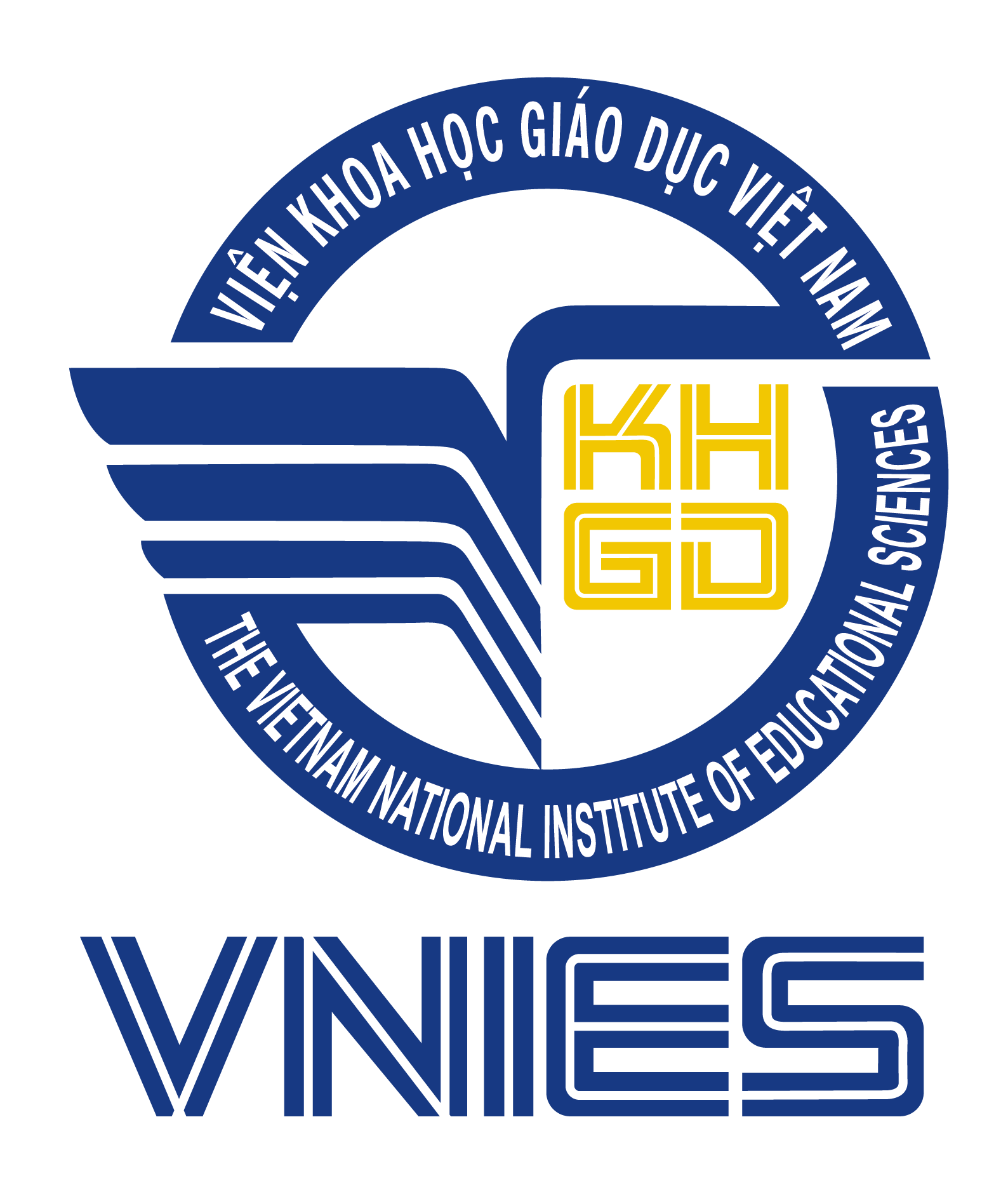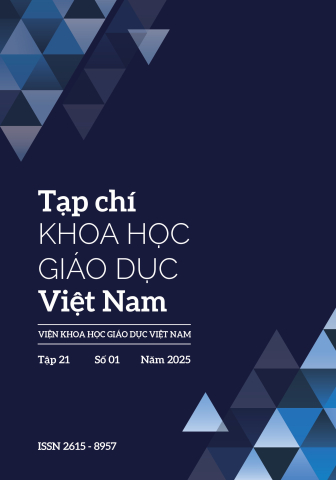[1] Coskun Benlidayi, I. (2024). Artificial intelligence and critical thinking. Central Asian Journal of Medical Hypotheses and Ethics, 5, 127–129. https://doi. org/10.47316/cajmhe.2024.5.2.06
[2] Davies, M. (2015). A model of critical thinking in higher education. Higher Education: Handbook of Theory and Research: Volume 30, 41–92.
[3] Essel, H. B., Vlachopoulos, D., Essuman, A. B., & Amankwa, J. O. (2024). ChatGPT effects on cognitive skills of undergraduate students: Receiving instant responses from AI-based conversational large language models (LLMs). Computers and Education: Artificial Intelligence, 6(December 2023), 100198. https://doi.org/10.1016/j.caeai.2023.100198
[4] Essien, A., Bukoye, O. T., O’Dea, X. (Christine), & Kremantzis, M. D. (2024). The influence of AI text generators on critical thinking skills in UK business schools. Studies in Higher Education, 49. https://doi.org/10.1080/03075079.2024.2316881
[5] Exintaris, B., Karunaratne, N., & Yuriev, E. (2023). Metacognition and Critical Thinking: Using ChatGPT-Generated Responses as Prompts for Critique in a Problem-Solving Workshop (SMARTCHEMPer). Journal of Chemical Education, 100(8), 2972–2980. https://doi.org/10.1021/acs. jchemed.3c00481
[6] Facione, N. C., & Facione, P. A. (2008). Critical thinking and clinical judgment. Critical Thinking and Clinical Reasoning in the Health Sciences: A Teaching Anthology, 2008, 1-3.
[7] Facione, P. (1990). Critical thinking: A statement of expert consensus for purposes of educational assessment and instruction (The Delphi Report).
[8] Febriyanti, E. R., & Rizki, M. (2021). Argumentation skills: An analysis on EFL students’ essays based on Toulmin’s Model of Argument. 2nd International Conference on Education, Language, Literature, and Arts (ICELLA 2021), 86–95.
[9] Graefen, B., & Fazal, N. (2024). Chat bots to Virtual Tutors: An Overview of Chat GPT’s Role in the Future of Education. Archives of Pharmacy Practice, 15, 43–52. https://doi.org/10.51847/TOuppjEDSX.
[10] Halaweh, M. (2023). ChatGPT in education: Strategies for responsible implementation. Contemporary Educational Technology, 15(2). https://doi. org/10.30935/cedtech/13036.
[11] Harahap, D. (2024). Implementation of ChatGPT to Improve Students’ Critical Thinking Abilities. Indonesian Journal of Education and Social Humanities, 1, 33–39. https://doi.org/10.62945/ijesh.v1i2.58.
[12] Ibrahim, D. M., Al-harbi, N. K., & Al-Shargabi, A. A. (2025). Educational impact and ethical considerations in using Chatbots in Academia. Indonesian Journal of Electrical Engineering and Computer Science, 37(2), 1150-1167.
[13] Joshi, I., Budhiraja, R., Dev, H., Kadia, J., Ataullah, M. O., Mitra, S., Akolekar, H. D., & Kumar, D. (2024). ChatGPT in the classroom: An analysis of its strengths and weaknesses for solving undergraduate computer science questions. Proceedings of the 55th ACM Technical Symposium on Computer Science Education V. 1, 625–631.
[14] Konak, A., & Clarke, C. J. S. F. (2023). Augmenting critical thinking skills in programming education through leveraging chat GPT: Analysis of its opportunities and consequences.
[15] Kooli, C. (2023). Chatbots in Education and Research: A Critical Examination of Ethical Implications and Solutions. Sustainability, 15, 5614. https://doi. org/10.3390/su15075614.
[16] Krupp, L., Steinert, S., Kiefer-Emmanouilidis, M., Avila, K. E., Lukowicz, P., Kuhn, J., Küchemann, S., & Karolus, J. (2024). Unreflected acceptance investigating the negative consequences of chatgpt-assisted problem solving in physics education. In HHAI 2024: Hybrid Human AI Systems for the Social Good (pp. 199–212). IOS Press.
[17] Limo, F. A. F., Tiza, D. R. H., Roque, M. M., Herrera, E. E., Murillo, J. P. M., Huallpa, J. J., Flores, V. A. A., Castillo, A. G. R., Peña, P. F. P., Carranza, C. P. M., & Gonzáles, J. L. A. (2023). Personalized tutoring: ChatGPT as a virtual tutor for personalized learning experiences. Przestrzen Spoleczna, 23(1), 292–312.
[18] Liu, D. (2022). New Modification to Toulmin Model as an Analytical Framework for Argumentative Essays (pp. 211–224). https://doi.org/10.1007/978-981-19-7510 3_16.
[19] Liu, O. L., Frankel, L., & Roohr, K. C. (2014). Assessing critical thinking in higher education: Current state and directions for next-generation assessment. ETS Research Report Series, 2014(1), 1–23.
[20] Muhsin, A., Setiawan, B., Asse, A., Syamsuri, A. S., Setiawan, S., Baharuddin, B., Aminullah, A., Ariani, N., & Mutmainnah, M. (2024). Critical Thinking Pattern in Argumentation: A Study on EFL Higher Education Students in Indonesia. The International Journal of Learning in Higher Education, 31(1), 177.
[21] Novianti, M. N. R. (2021). Toulmin Model: A Strategy for Critical Thinking in Analytical Reading. International Conference on Educational Sciences and Teacher Profession (ICETeP 2020), 296–302.
[22] Paul, R., & Elder, L. (2006). Critical thinking: The nature of critical and creative thought. Journal of Developmental Education, 30(2), 34.
[23] Supriyadi, A. (2023). Improving students’ critical thinking by employing toulmin pattern of argumentation. EDUCAFL: Journal on Education of English as Foreign Language, 6(2), 130–144.
[24] Toulmin, S. E. (2003). The uses of argument. Cambridge university press.
[25] Uddin, S. M. J., Albert, A., Ovid, A., & Alsharef, A. (2023). Leveraging ChatGPT to Aid Construction Hazard Recognition and Support Safety Education and Training. Sustainability (Switzerland), 15(9). https:// doi.org/10.3390/su15097121.
[26] Vargas-Murillo, A. R., de la Asuncion, I. N. M., & de Jesús Guevara-Soto, F. (2023). Challenges and opportunities of AI-assisted learning: A systematic literature review on the impact of ChatGPT usage in higher education. International Journal of Learning, Teaching and Educational Research, 22(7), 122–135.
[27] Weimann-Sandig, N. (2023). Digital literacy and artificial intelligence–does chat gpt introduce the end of critical thinking in higher education? EDULEARN23 Proceedings, 16–21.
[28] Wu, Y. (2024). Critical Thinking Pedagogics Design in an Era of ChatGPT and Other AI Tools - Shifting From Teaching “What” to Teaching “Why” and “How.” Journal of Education and Development, 8, 1. https://doi.org/10.20849/jed.v8i1.1404.
[29] Yilmaz, R., & Karaoglan Yilmaz, F. G. (2023). The effect of generative artificial intelligence (AI)-based tool use on students’ computational thinking skills, programming self-efficacy and motivation. Computers and Education: Artificial Intelligence, 4. https://doi.org/10.1016/j.caeai.2023.100147.


